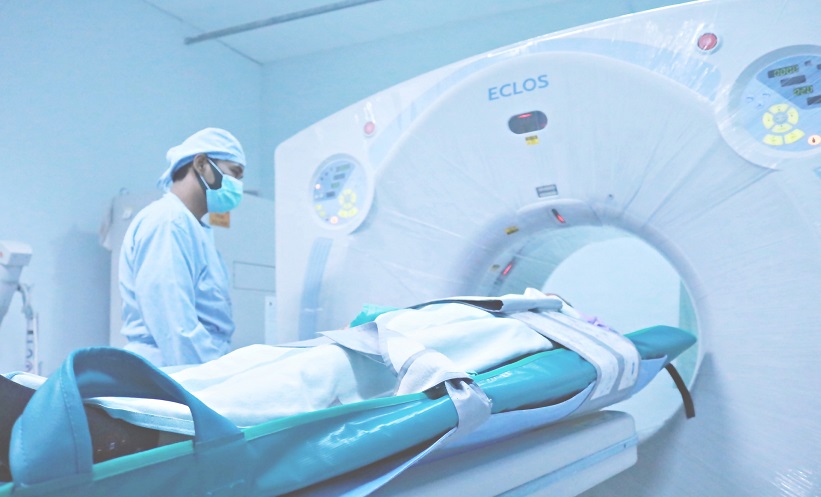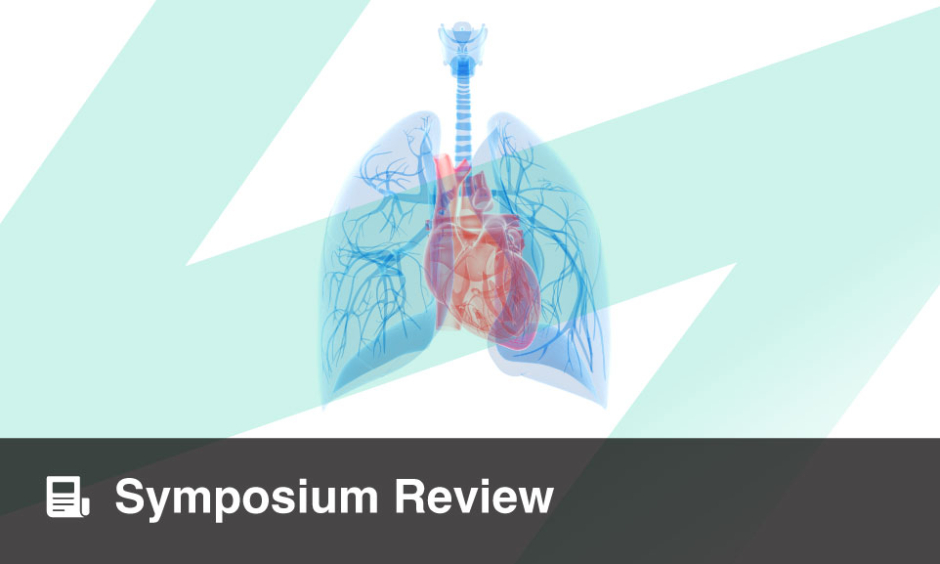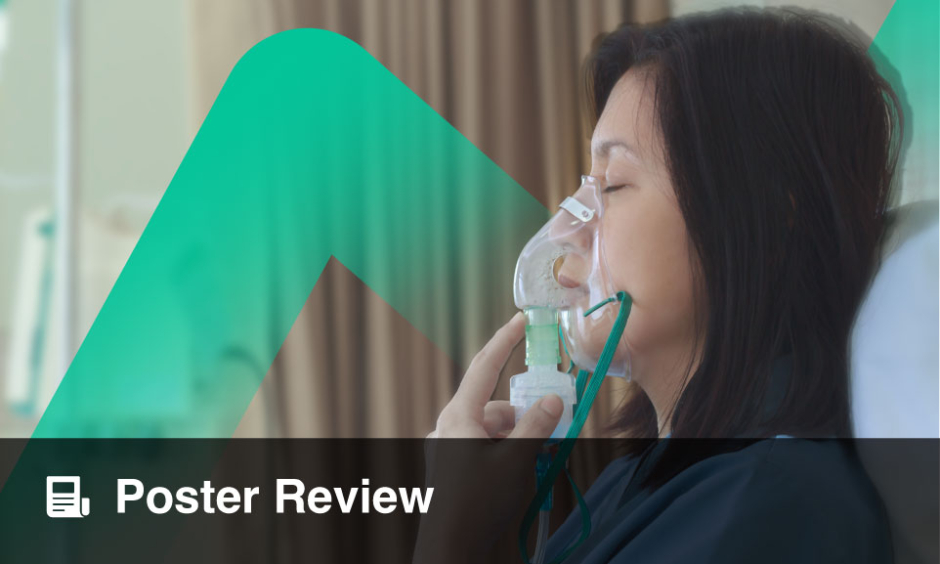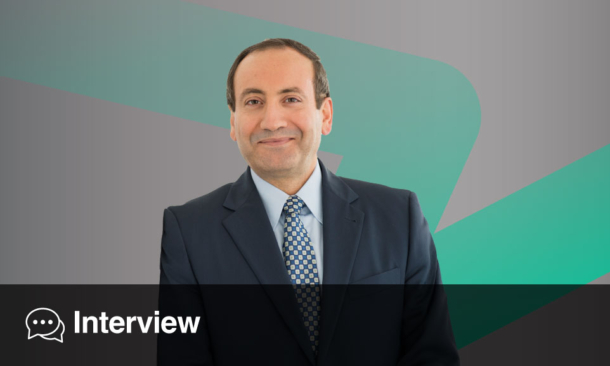GUIDELINES regarding the frequency of post-surgical surveillance CT imaging for early-stage non-small cell lung cancer (NSCLC) recommend scanning every 3–6 months; however, this may be too frequent, according to new research published by a team from Washington University School of Medicine, St. Louis, Missouri, USA.
The authors retrospectively reviewed medical records of 6,171 patients with Stage 1 NSCLC who underwent surgical intervention between 1st October 2006 and 31st September 2016. The data was obtained from the U.S. Veterans Health Administration integrated health-care delivery system. Demographically, the average age of candidates was 67.5 years, with the majority reporting male sex and white ethnicity. Statistical modelling was applied to control for these factors. The researchers identified that patients with a smoking history or those who had undergone a particular surgical procedure received more interval surveillance CT scans, whereas patients with an African American ethnicity received fewer interval scans, warranting further investigation.
The patients were stratified into two groups; those who received interval CT imaging every 3–6 months and those who had interval CT imaging performed every 6–12 months. The results showed that there was no difference in overall survival or recurrence rates between the two groups, irrespective of the type of surgical intervention performed or the tumour stage or size. The recurrence and 5-year survival rates across both groups were 22% and around 65%, respectively.
Senior study author, Varun Puri from the Siteman Cancer Center at Washington University School of Medicine and Barnes-Jewish Hospital, St. Louis, Missouri, USA, discussed how the findings imply that guidelines should consider reducing the frequency of post-NSCLC surgery surveillance imaging and stated: “Annual surveillance would simplify guidelines and may result in better, easier post-operative care for early-stage patients.” According to Puri, this could not only reduce pressures on healthcare systems, but also reduce health-related anxiety patients experience with regards to follow-up scans.
As a limitation, study co-author Brendan Heiden from Washington University, commented that the study population were mostly males with a smoking history and, as such, the results are “most applicable to veterans with lung cancer.” However, Heiden also highlighted that studies performed in non-veteran populations have shown similar results, but concluded that in order to determine the applicability to the general population, further research is required.








